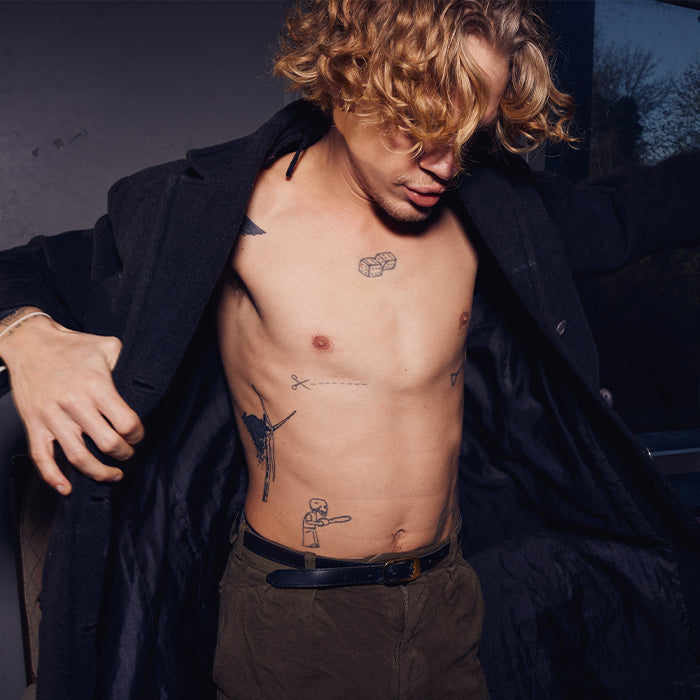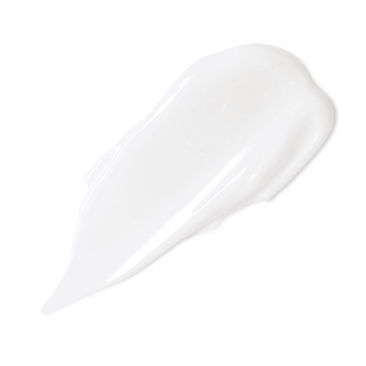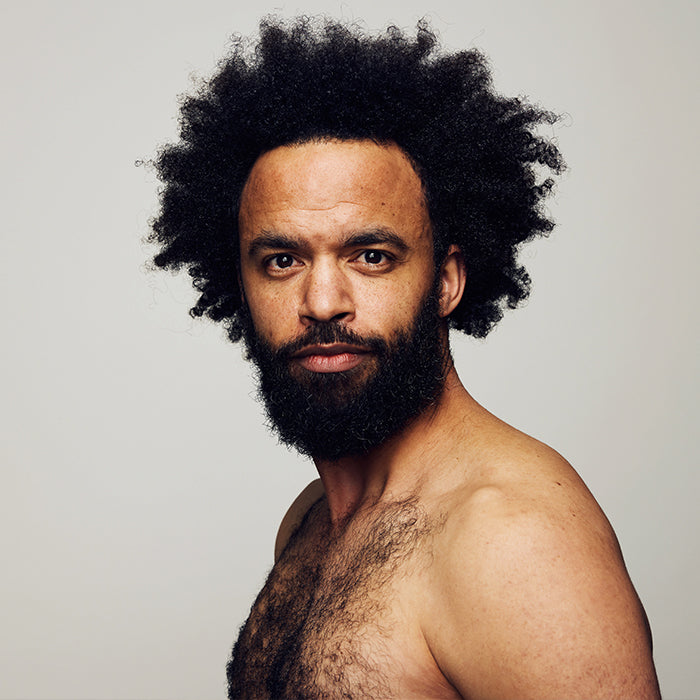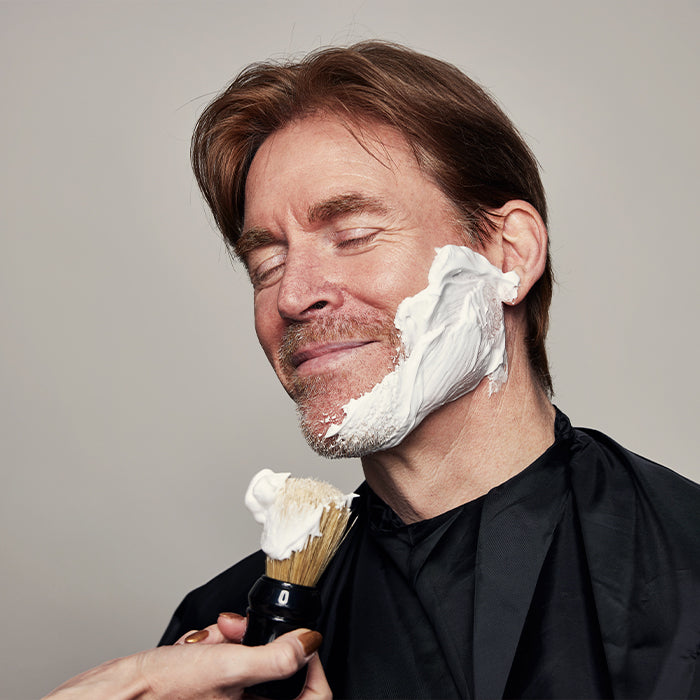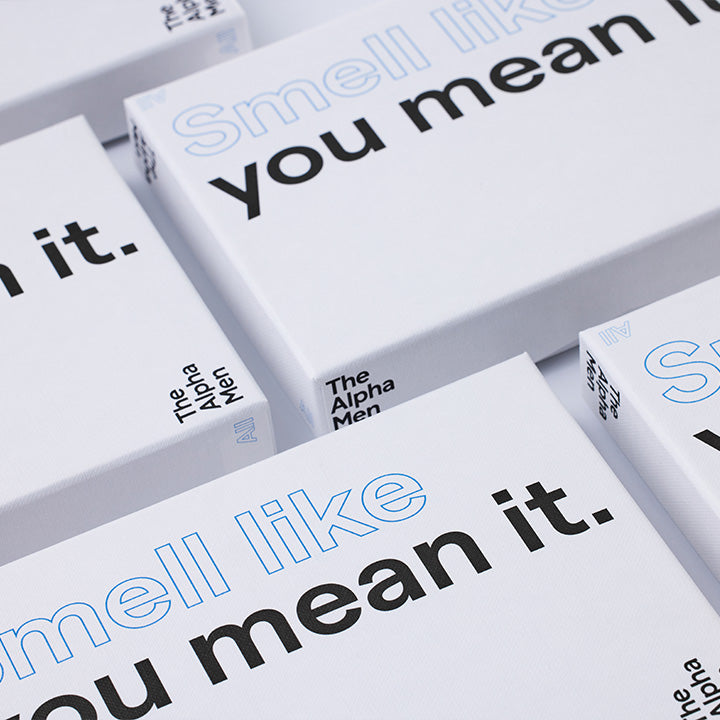There are men who look their best with a wild, unkempt beard that goes in all directions. If you're completely happy with such a natural primal beard: good for you! However, for the majority of gentlemen, occasionally trimming the beard themselves (or having the beard trimmed) results in a neater, more attractive, and practical outcome.
A wrong move while trimming can quickly undo a few weeks of your beard growth. Don't want to shaving your beard? Then make sure you don't take a chunk out of your beard while trimming. If you want to ensure a top result, minimize the chance of accidents and read up.
Most people know the difference between shaving and trimming, but we'll briefly explain it again. When you trim, you cut your hair a bit shorter. Not 'skin short' like a razor does. If you trim your beard, you'll end up with a nicely groomed beard. Are you going to shaving? Then you won't have a beard anymore.
If you know what you're doing with trimming, you can enjoy a symmetrical and maintained beard and work faster towards your desired end result. Read the step-by-step process below.

Why trim your beard?
Trimming your beard is important for several reasons. It not only provides a neat, groomed look but also keeps your beard healthy. By trimming regularly, you remove split ends and prevent dirt and debris from accumulating. In short, trimming your beard helps you look good and feel good!
Step 1: Preparation
The best preparation for a good trim session is to take a shower first. This ensures that your pores are wide open. This makes shaving your cheeks and neckline much easier later. Clean your beard with a beard shampoo, which makes it easier to shaving the hairs. This way, the beard trimmer or the scissors glides more smoothly through the hair, without getting caught in dried-out hairs. Preferably do not use a beard oil, as it reduces the grip of your tools on the hair.

Step 2: Brushing your beard
Now you will brush your beard with a beard brush. If all the hairs point more or less in the same direction, you get a more balanced result, and cutting and trimming become easier. Prefer using a comb? Then use a wooden or metal beard comb, as they do not make your hairs static.
Step 3: Trimming your beard
Then it's time to grab the trimmer. Make sure you determine in advance what length your beard should be. Don't set your beard trimmer to the shortest setting right away, but start with a setting that you think is about the same length as your beard hair – and see what effect trimming your beard at this setting has. This way, you can estimate how much length the trimmer takes off your beard.
Most men use a longer length on their chin and a shorter one on their cheeks. This way, you create a natural, downward sloping beard model. Which setting you use on your mustache depends on the beard model you want to work towards.
Be careful when using a new beard trimmer. The settings of each trimmer are different – if you used setting 3 on your old trimmer, you might be in for a surprise if you blindly do the same with your new device.
Also, always make sure your beard is dry. Moist beard hairs are longer than dry beard hairs! You definitely shouldn't trim them then. The result could be that you suddenly trim your beard too short.
How to use a trimmer?
Take the charged trimmer in your hand, set the attachment comb to your desired setting, and start trimming. Trimming for the first time? Then set it to the longest setting so you can first see what effect you get. While trimming your beard, you can shorten the trim setting until you reach the desired length.
If you remove the attachment comb, you can easily outline the edges of your beard with the sharp teeth of your trimmer so you can give the finishing touch with your razor afterward.
Note! You need to think carefully about the right length of your beard. If you trim too short, it will take weeks before the beard is back to the desired level. So caution is important. That's why the following reminder is very handy:
Beard Trimmer setting:
- Stubble: 0.1 mm - 3 mm
- Short beard: 3 mm - 10 mm
- Long beard: 10 mm - 40+ mm
Tips for trimming beard
Shave against the hair growth: Trim with your beard trimmer against the hair growth of your beard upwards. This way, you catch the entire beard and ensure that your sideburn smoothly transitions into your beard.
Ensure sharp tools: You've probably shaved with a dull blade or razor before. Then you know how annoying that was and how much effort it took. Beard hairs are made of keratin – the same material your nails are made of. Sturdy stuff, indeed. Therefore, it's very important to use sharp tools for trimming the beard. A good beard scissors stays sharp for a long time, but the blades of your trimmer do not: they wear out quite quickly, especially if you touch up your beard (almost) daily. You should definitely replace the blades of the trimmer every six months (preferably every three months).

Step 4: Trimming mustache and stray hairs
What do you use such a beard scissors for? To start with, to get the bottom of your moustache neatly straight. That's a task that requires good control – don't get too enthusiastic. Also, a scissors is usually sharper than a beard trimmer, allowing you to quickly cut the wobbly hairs on your upper lip in half.
You also use the scissors to cut hairs that remain after trimming. You know, those stubborn hairs that still don't want to be shortened after going over your beard three times. No problem – with the sharp beard scissors, those hairs are gone in no time.
Step 5: Trimming your neck
A neckbeard is more often an insult than a desired beard style. You will probably want to completely shave the underside of your chin and neck shaving. For this, you use a razor or trimmer, or better yet, a razor.
A good height at which to shave off your beard at the bottom is between three points. Stand in front of the mirror and imagine a round line running from ear to ear. In the middle, this line crosses, one to three fingers thick, above your Adam's apple. Of course, the exact line depends on the beard model you have in mind.
Carefully shave the underside of your beard and try to keep the line as straight as possible. Regularly check in the mirror to see if your work is still symmetrical – but don't go overboard if you go crooked. Before you know it, you'll shave your beard above your jawline, and then it's crying time.
You can also try playing with the different settings or attachments of your trimmer to create a natural, gradual transition from your beard to your bare neck. This requires some practice but can give a very nice result. Do you really want such a transition but don't have the skills to make it yourself? Then a trip to the barber is recommended!

Step 6: Your cheek line shaving
You also define your beard on your cheeks with a shave. For this, you use the same tools as for your neck, so a beard trimmer, razor, or razor with gel or foam – you have to find out what works best for you.
Again, draw an imaginary line in the mirror. Where it lies again depends on the result you have in mind for eyes. Shave carefully and make that straight or curved line. Here too, you can try to make a transition with different settings of your trimmer or razor.

Step 7: Your beard contours with a beard shaper
Want to perfect your beard? Beard shapers can help you get your beard neater and easier to style. Especially for the two difficult tasks above (neck and cheek line), a beard shaper can give a much nicer result than if you go at it freehand.
You choose a beard shaper with a shape that matches the beard line you desire. Many shapers have multiple sides, allowing you to switch things up as your beard grows further. Hold the shaper with one hand in the right place, and use your other hand to trim the beard along the shaper.
Step 8: Finishing the trim
After trimming, first remove loose hairs from the trimmer so they don't dull your blades further. Then simply clean the beard trimmer under warm water and let it dry well. Remove any attachments first.
You beard comb or wipe it clean of loose hairs with a soft brush. By combs or brushing once more, you can also see if there are any hairs sticking out that you need to touch up with the scissors.
Finally, do some skin and beard care. Calm your facial skin by rinsing or dabbing it with cold water. This closes the pores again and prevents irritation from the sharp blades. You can also treat your skin (again) with a moisturizing aftershave to prevent irritation (the notorious 'barber's rash').
Carefully massaging your beard with beard oil provides the final touch of perfection. This gives the trimmed hairs and slightly plowed hair follicles the nourishment they need. Moreover, beard oil makes your hairs more flexible, making them easier to handle during the next trimming session.
How often should you trim your beard?
How often you should trim your beard really depends on how fast your beard grows and the look you want to achieve. Some people find it necessary to lightly trim their beard once or twice a week to maintain a neat look. Others, who want a fuller beard, can suffice with a thorough trimming once every two to three weeks. It is especially important to listen to your beard and trim when necessary to maintain the health and desired style of your beard.
If you still have questions, we would love to hear from you. Otherwise, good luck with trimming your beard!
Your friends, The Alpha Men
